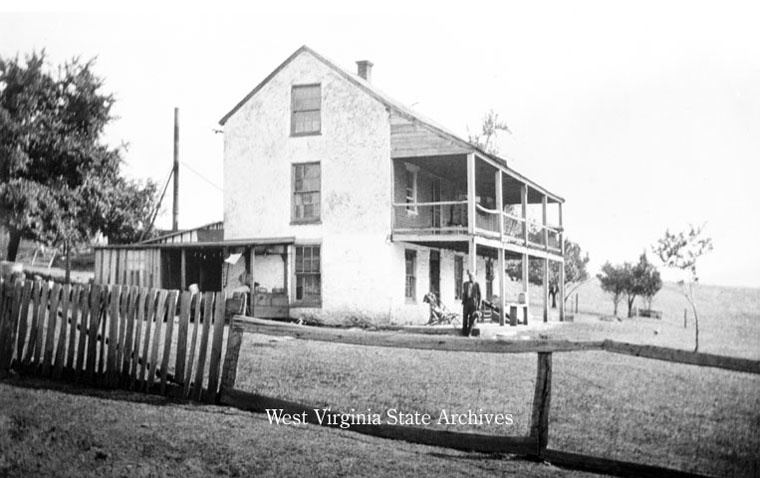|
|
"I had been acquainted with him [John Brown] since the 4th day of July, . . . but by the name of Smith. . . . He sat and talked with me awhile, and I finally asked him what he expected to follow there. I perhaps remarked to him, he could not more than make a living on the farm. 'Well,' said he, 'my business has been buying up fat cattle, and driving them on to the State of New York, and selling them, and we expect to engage in that again.' . . . There was nothing which induced me to suppose that his purpose was anything different from what he stated to me. I frequently missed him from there, and sometimes I would find him at home and the boys [Brown's sons] away. . . . Twice I went there and found none of the men there, but the two ladies, and I sat there on my horse--there was a high porch on the house, and I could sit there and chat with them--and then I rode off and left them." - Testimony of John C. Unseld to the Senate Select Committee
|
 |
Though he had been forced to postpone his plans after the Chatham Convention because of Hugh Forbes's letters, John Brown sent John E. Cook to Harpers Ferry in 1858 to investigate the area. John Brown, sons Owen and Oliver, and Jeremiah Anderson arrived in Harpers Ferry the following year, on July 3, 1859. A few days later, using the name Isaac Smith, Brown rented the farm of the late Dr. Booth Kennedy in Maryland, about 5 miles from Harpers Ferry. Meanwhile, John Henry Kagi, his second in command, was stationed at Chambersburg, Pennsylvania, under the alias John Henrie, to receive and forward supplies. Watson Brown and Henry Thompson's brothers William and Dauphin arrived on August 6. The remaining raiders:Osborne Perry Anderson, John Anthony Copeland, Barclay and Edwin Coppoc, Shields Green, Albert Hazlett, Lewis Sheridan Leary, William H. Leeman, Francis Jackson Merriam, Dangerfield Newby, Aaron Dwight Stevens, Stewart Taylor, and Charles Plummer Tidd:arrived between early August and mid October. |

Annie Brown
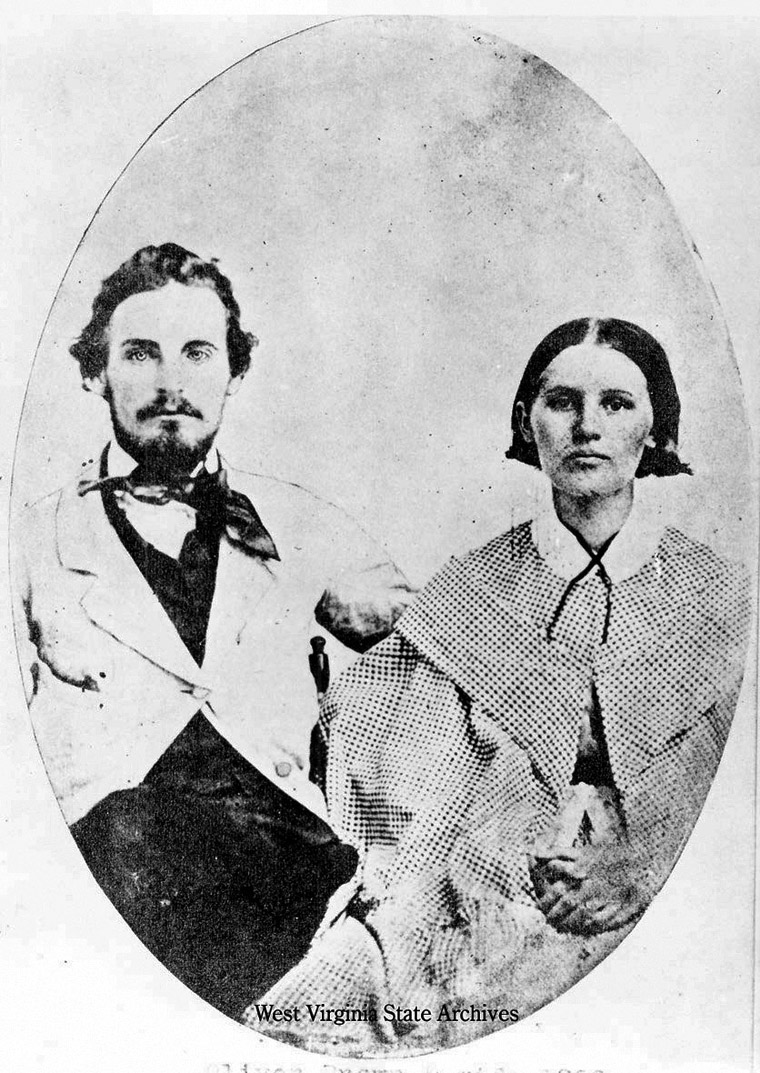
Oliver and Martha
Brewster Brown
|
In order to avoid suspicion in the neighborhood, John Brown requested help from some female members of his family, and daughter Annie and daughter-in-law Martha, the wife of Oliver, arrived in the latter part of July. They remained until September 30, cooking and cleaning for the growing number of men at the Kennedy Farm.
Life at the Kennedy Farm was very restrictive for the men. John Brown typically read from the Bible each morning, though many of the house's inhabitants were not religious. The men spent most of the daylight hours in the attic, where they studied Hugh Forbes's military manual and sometimes underwent in "a quiet, though rigid drill" under Aaron Stevens, the only raider with any regular military experience. They wrote letters, and, at times, they engaged in debate on different subjects. To avoid their discovery by neighbors, only at night could the men go outside. Some of the men found the confinement especially difficult; Albert Hazlett and William Leeman became so restless that they would go out in the woods and even visited John Cook in Harpers Ferry.
|
As the weeks wore on, it became clear that many of the men John Brown expected to join him were not coming:including Luke Parsons, Charles Moffet, George Gill, Richard Realf, Richard Richardson, and others. He had assigned John Jr., who was still suffering from his experiences in Kansas and was not fit to join his father at Harpers Ferry, to travel through the East and Canada to recruit men, but these efforts were unproductive. The older John Brown tried without success to persuade Frederick Douglass to join him when they met in Chambersburg in August, returning from that trip, however, with Shields Green, a fugitive slave who had met Brown while the latter was staying with Douglass in early 1858.
After several months of preparation and waiting for additional recruits, the plan was finally put into action. On Sunday, October 16, the Provisional Constitution was read to the men at the Kennedy Farm, some of whom had not heard it before, additional oaths were taken, and John Brown gave a series of orders concerning the upcoming mission. At 8 o'clock, after dark had fallen, Brown said: "Men, get on your arms; we will proceed to the Ferry."
|

Owen Brown
|
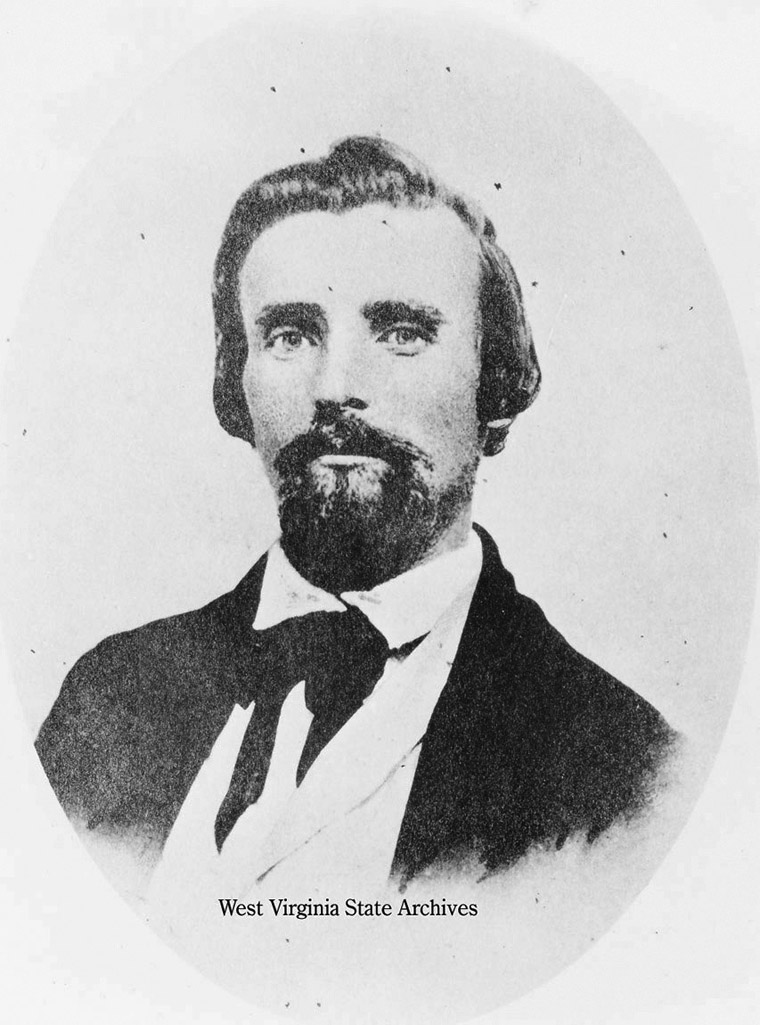
Watson Brown
|

Oliver Brown
|

William Thompson
|
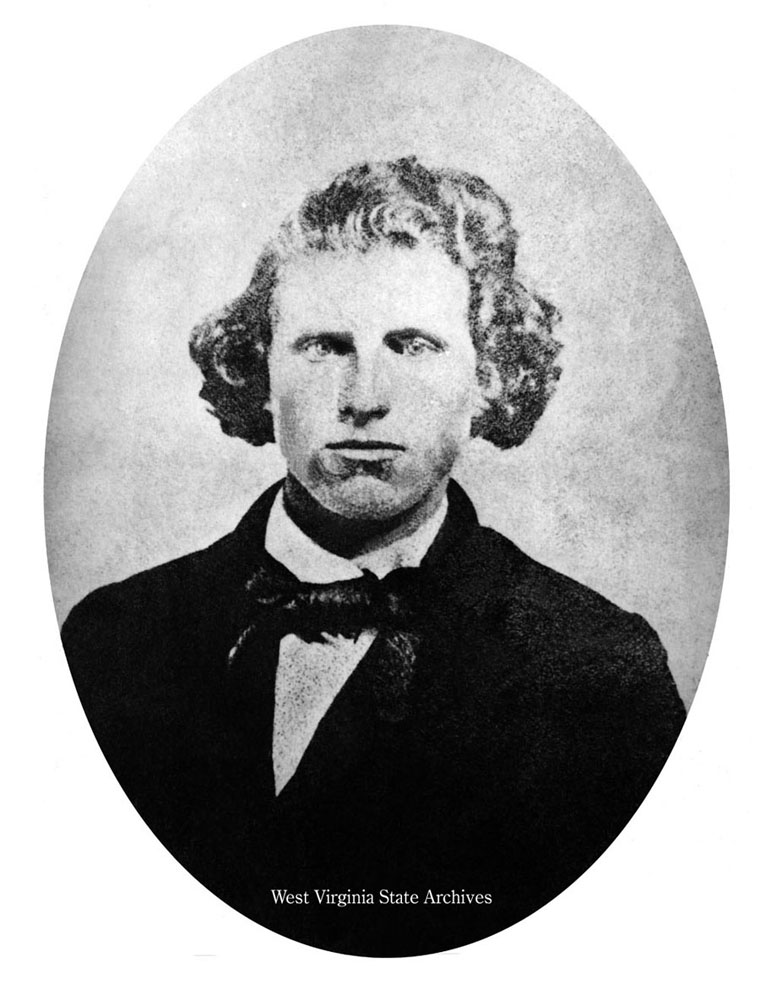
Dauphin Thompson
|
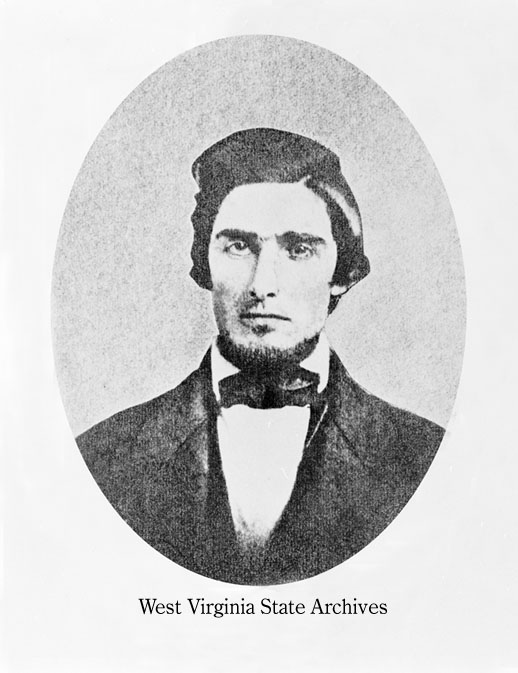
Jeremiah Anderson
|

O. P. Anderson
|

John E. Cook
|
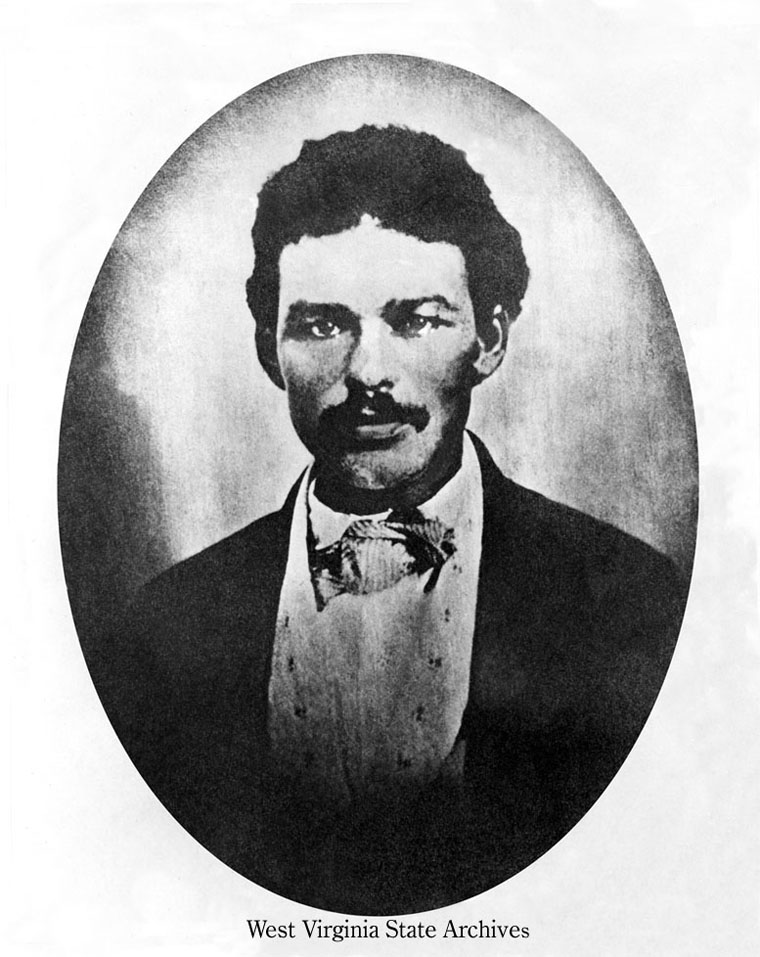
John A. Copeland
|
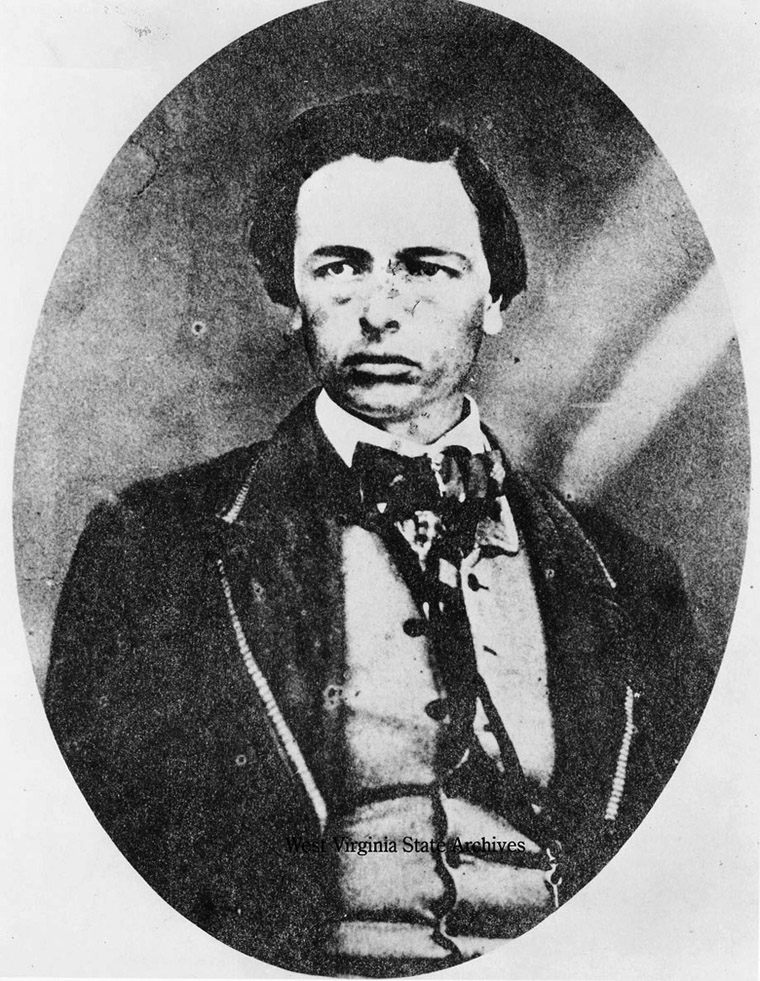
Barclay Coppoc
|
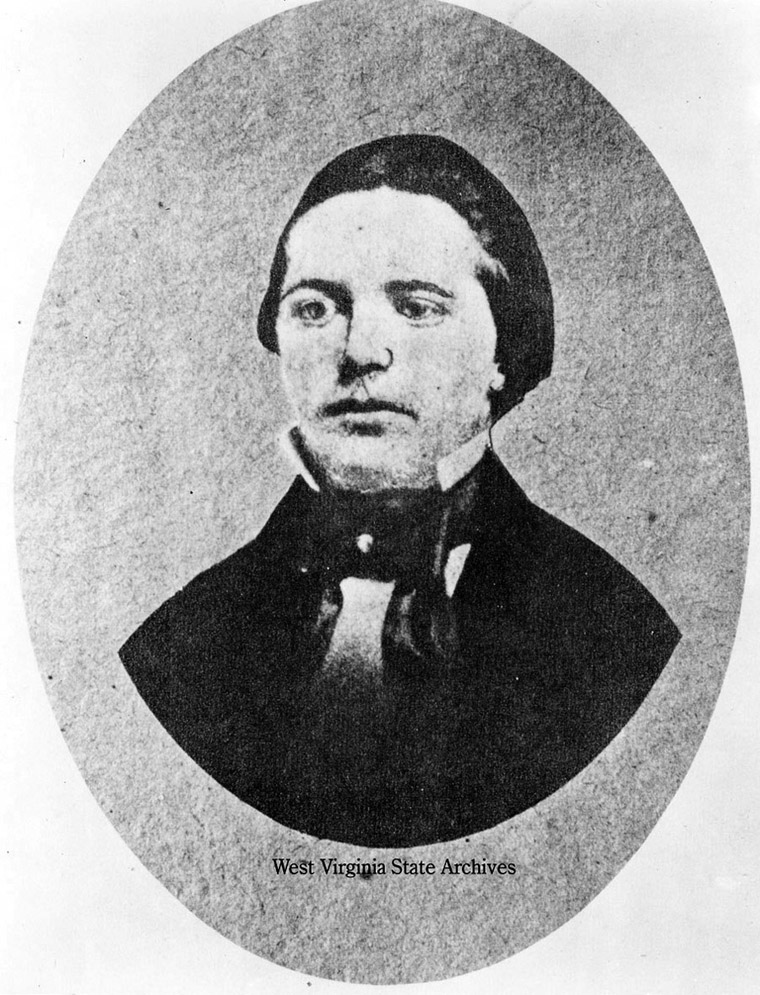
Edwin Coppoc
|

Shields Green
|
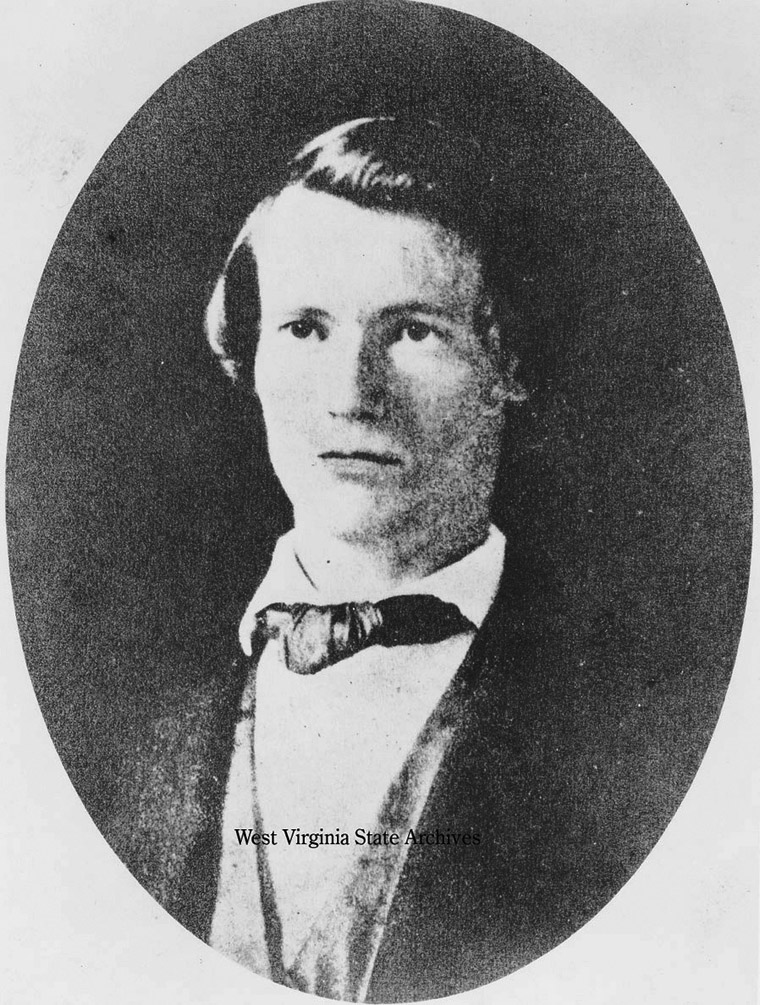
Albert Hazlett
|
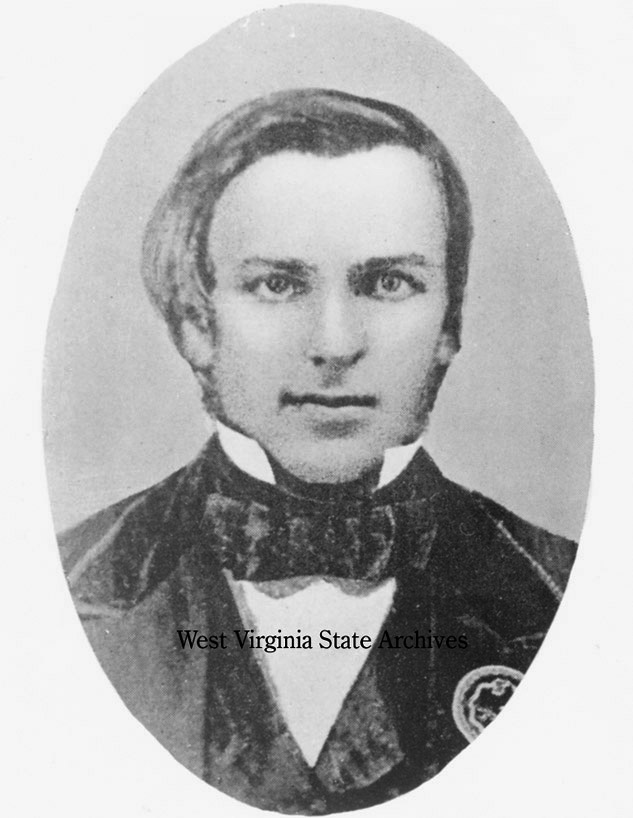
John H. Kagi
|

Lewis S. Leary
|

William H. Leeman
|
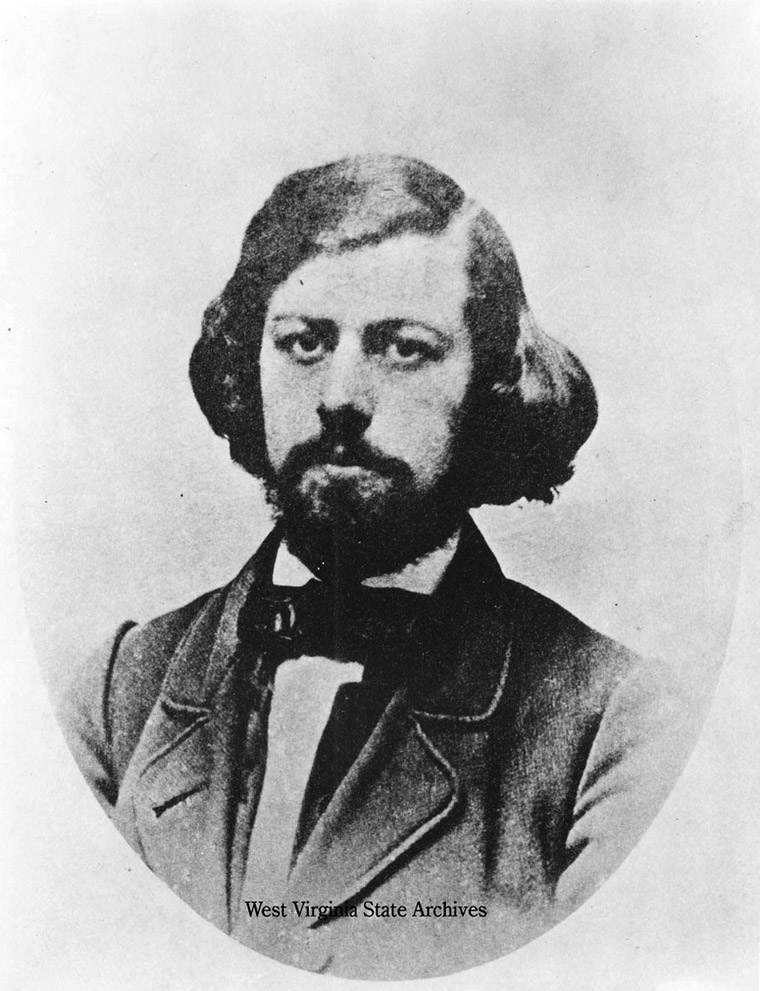
Francis Merriam
|
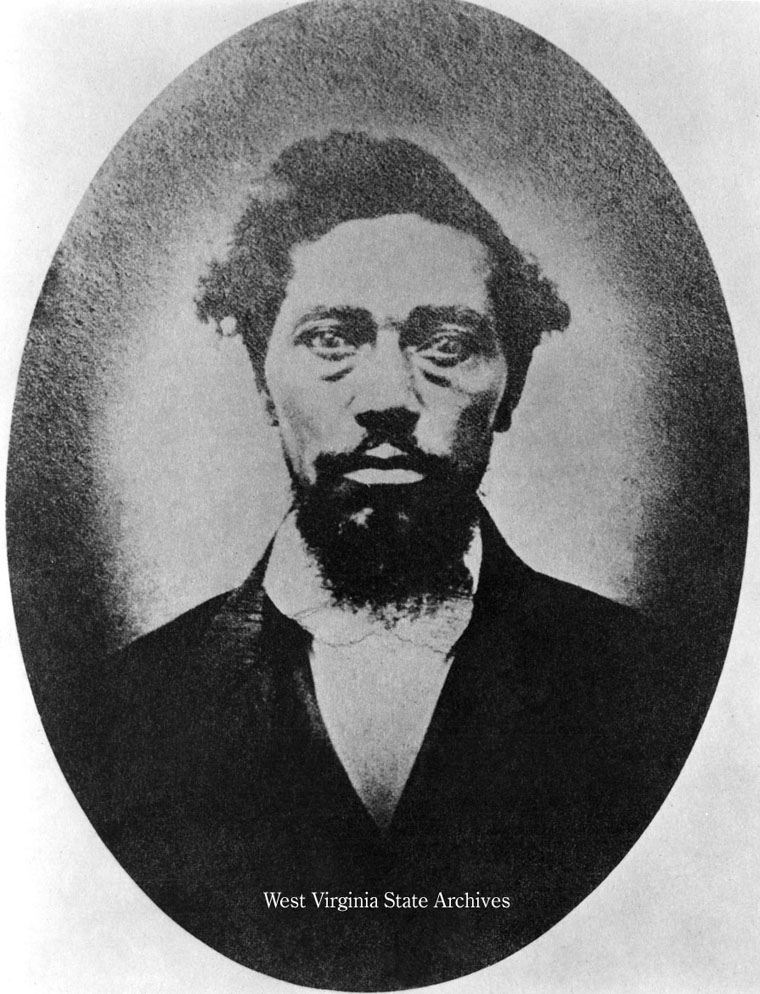
Dangerfield Newby
|
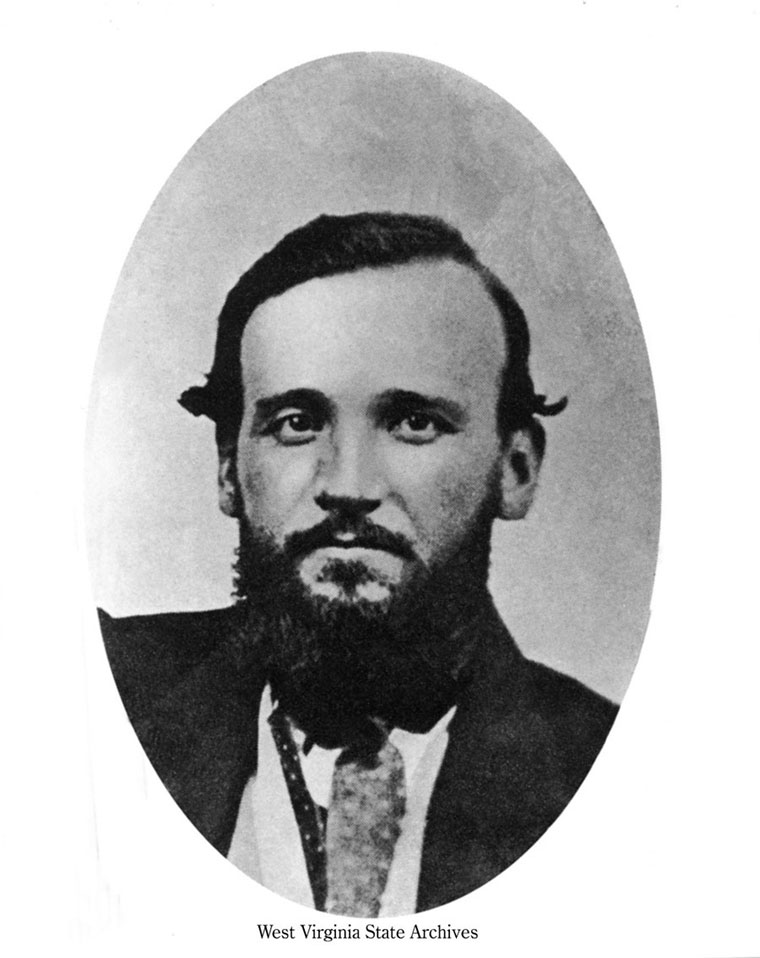
Aaron Stevens
|
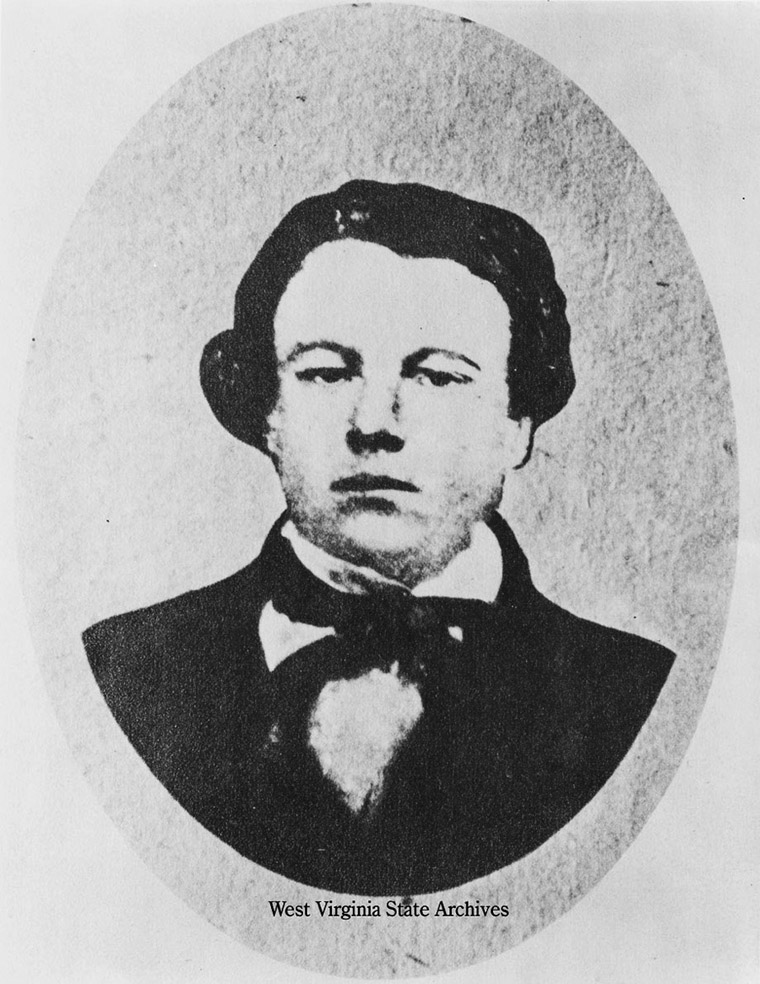
Stewart Taylor
|
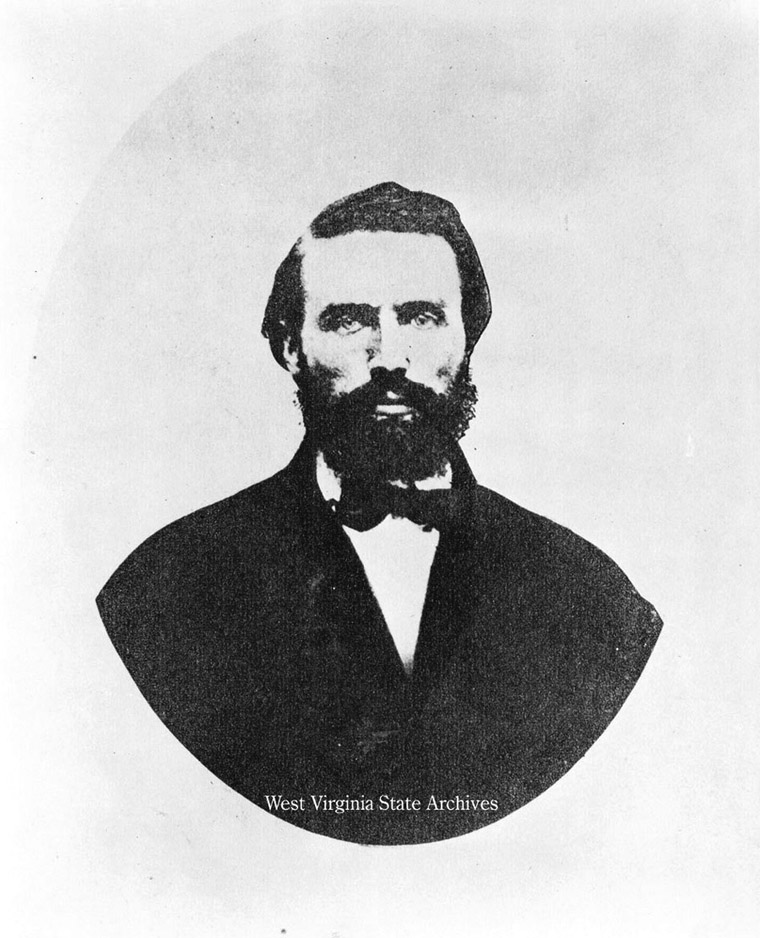
C. P. Tidd
|
|




